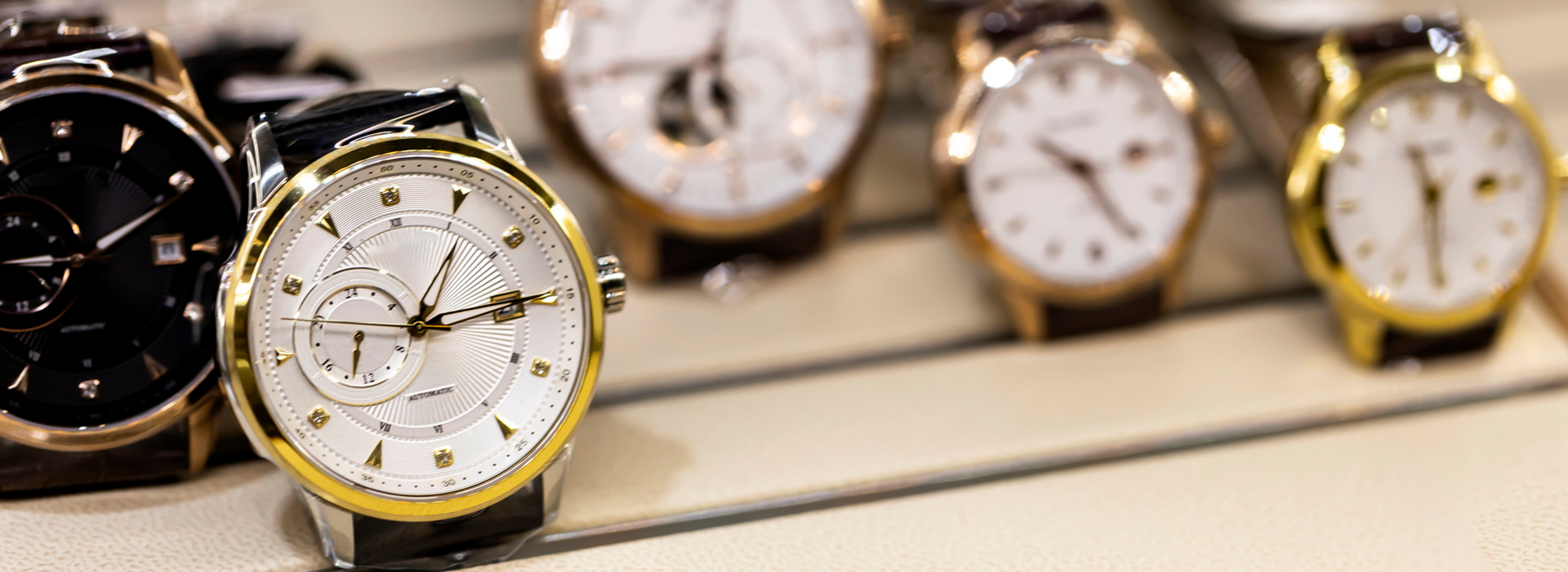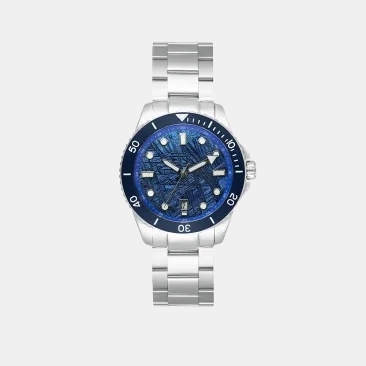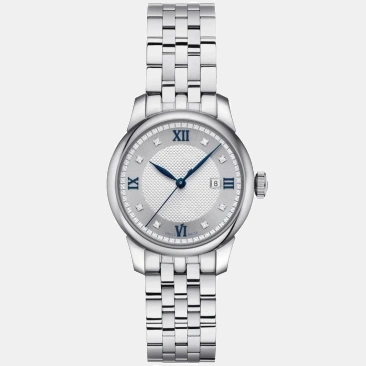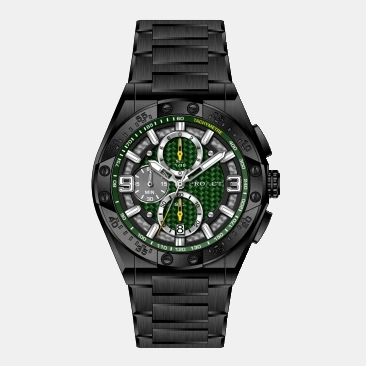Watch movement manufacturer ETA
Time:
2024-01-10 10:29
Source:
Although the internal movement trend of high-end watches continues to gain momentum, the vast majority of reasonably priced watches still rely on mass production movements from external suppliers. When entering the world of watches for the first time, it may be difficult to understand the entire situation in order to better evaluate potential purchase volumes. The large number of suppliers and the fact that many of them assign different names to their movements based on the purchasing brand are also of no use. In this article, we briefly introduce the most important participants and their most famous actions in the supplier industry.

Although the internal movement trend of high-end watches continues to gain momentum, the vast majority of reasonably priced watches still rely on mass production movements from external suppliers. When entering the world of watches for the first time, it may be difficult to understand the entire situation in order to better evaluate potential purchase volumes. The large number of suppliers and the fact that many of them assign different names to their movements based on the purchasing brand are also of no use. In this article, we briefly introduce the most important participants and their most famous actions in the supplier industry.
ETA
Although their days as quasi monopolists have come to an end, Swatch subsidiary ETA remains the most important participant in the Swiss manufacturing machinery movement market. The origin of the company can be traced back to three long-standing movement manufacturers, namely FHF (Fabrique d'Horlogerie de Fontainemelon), AS (Adolph Schild), and AMSA (Adolphe Michel SA), which merged in 1926 to form É bauches SA. ETA will appear later.
In 1931, É bauches SA teamed up with a large group of other Swiss companies to create ASUAG (predecessor of the Swatch Group) to prevent a catastrophic price war after the global economic collapse in 1929. One year later, watch manufacturer Eterna merged with ASUAG. Eterna was subsequently forced to split into two independent companies: although Eterna continued to produce watches, their movement division split and became ETA SA. This series of mergers is the reason why ETA still offers a wide variety of movement names and styles: they originate from designs of independent companies in the past. The names Peseux, Valjoux, and Unitas all prove this point.
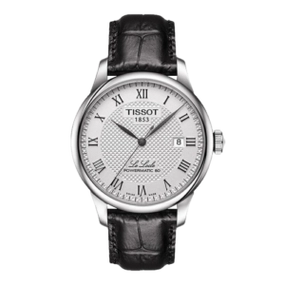
The most famous and common ETA caliber may be 2824-2. This is a three needle automatic movement with date display. "28" represents the movement series, and the next two digits represent functions or complex functions. Therefore, for example, 2836-2 provides dates and dates, while 2801-2 does not display dates at all.
ETA 2892 is another widely used movement, but it belongs to the higher price category. You can recognize this caliber through its large central rotor bearing, as it is flatter than 2824-2. Haoya refers to 2892 as "Calibre 7", and M ü hle Glash ü tte and Ulysse Nardin each have their own versions of movements.
ETA's Valjoux 7750 is the most popular mechanical timing movement, while the Unitas series works particularly well in larger watch cases because its movement is based on a pocket watch movement. The small and flat manually wound Peseux 7001 movement has been particularly popular in compact men's watches over the past few decades. For a long time, Louis Erard has been a loyal buyer of this movement, which is combined with a module to run the brand's regulator model.
The Maurice Lacroix Les Classique chronograph is equipped with a Valjoux 7750 movement
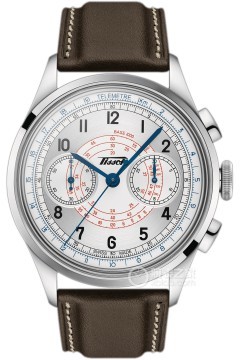
(Maurice Lacroix Les Classique chronograph)
With the launch of the ETA Valgranges series, the trend of large boxes has begun. You can find variants derived from the Valjoux movement, which have a wider diameter and less attractive names, such as A07.111.
For several years, Swatch members have been able to use the enhanced version of the classic 2842-2 using new materials. The official name is C07.111, and they are sold under the name Powermatic 80. They provide 80 hours of power reserve and also offer silicon components, such as in the Tissot watch.
Another thing you should know is that movements usually have different levels of improvement. Traditionally, these are standard, carefully crafted, top-notch and astronomical observatories. Higher grades come with more luxurious finishes, sometimes improving accuracy, and even having an observatory certificate. If the manufacturer provides this information, please pay attention to the rating of the movement.
Previous page
Previous page
About Proact Watch
LATEST NEWS & BLOGS

